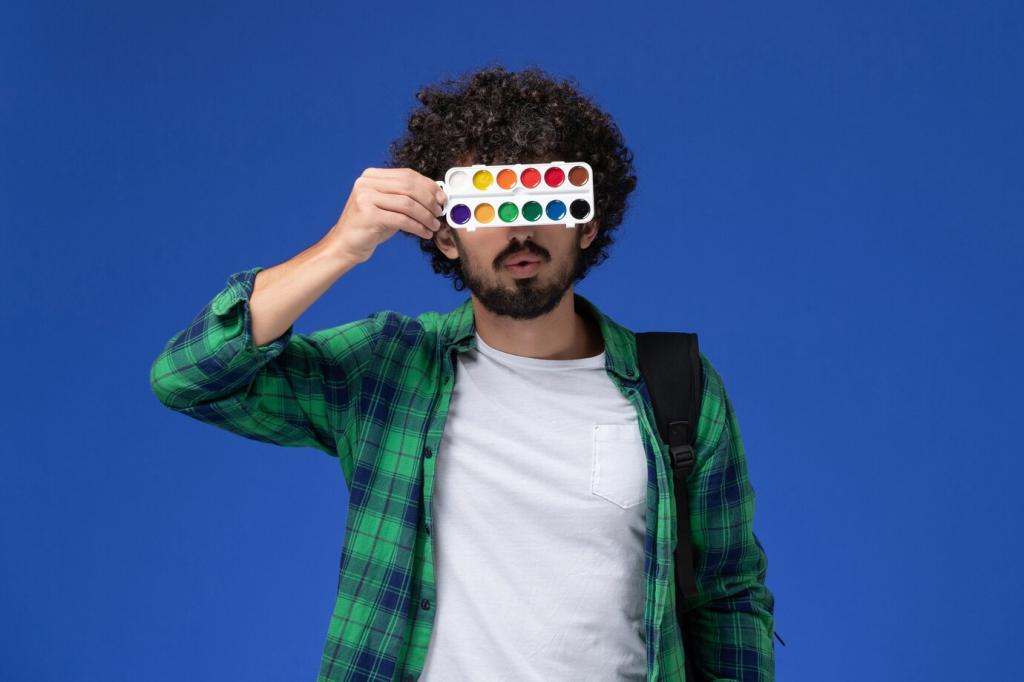Try It Today: Experiments and Community
Scan your workspace for five warm elements and five cool ones. Remove one warm distraction and add one cool stabilizer. Note focus quality for two days. Share your before‑after impressions in the comments so readers can compare approaches and borrow your clever tweaks.
Try It Today: Experiments and Community
Assemble a board with two warm accents, three cool bases, and two neutrals. Include hex codes or paint swatches. Use it to guide purchases and interface settings. Revisit monthly and adjust based on your best focus days—then post your board to inspire others.
Try It Today: Experiments and Community
Tell us which warm accent helped you start faster and which cool base kept you steady. Subscribe for new color‑focus experiments, reader stories, and seasonal palette tweaks. Your feedback shapes future posts and helps newcomers find their flow faster, with fewer missteps.






